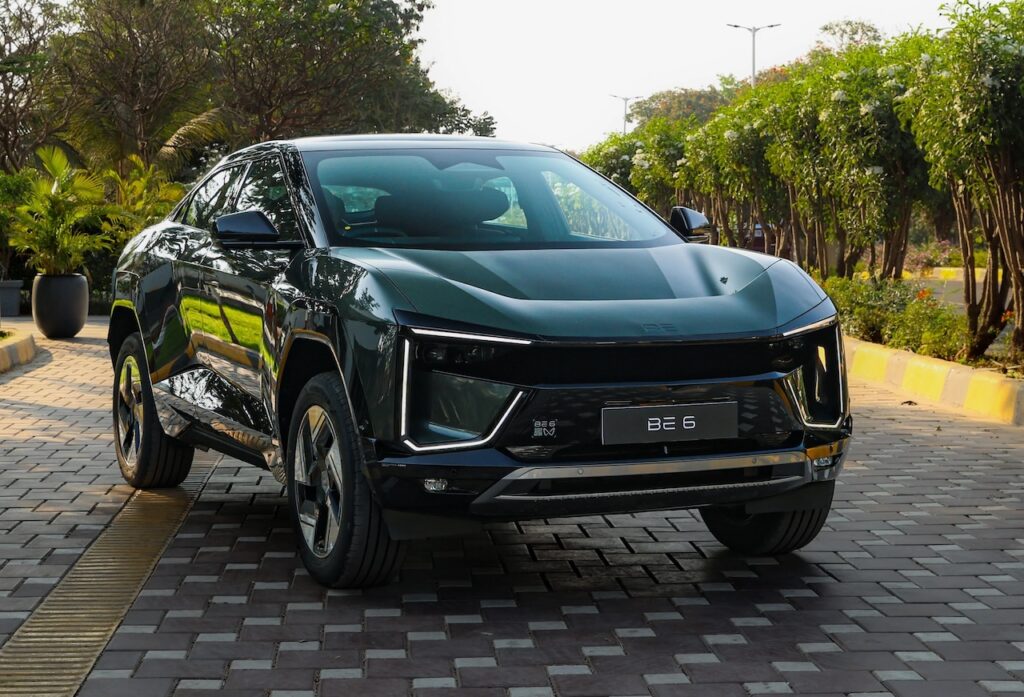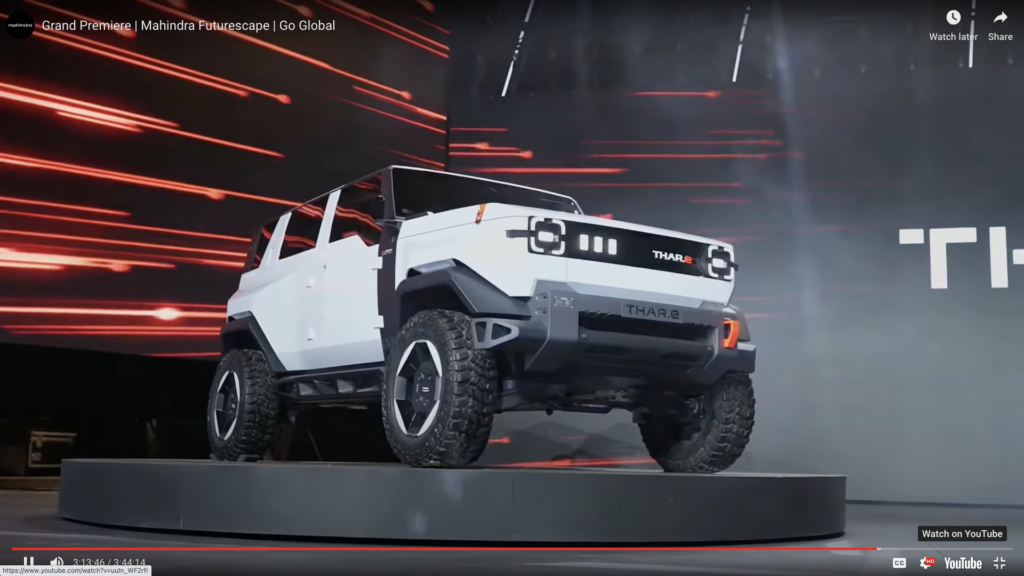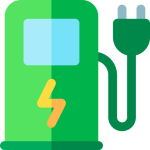
In a decisive pivot that cuts against Australia’s hybrid-heavy tide, Mahindra has confirmed it will bypass hybrid powertrains and prioritise battery electric vehicles (BEVs) for our market-potentially from 2027.
The Indian automotive giant, best known locally for tractors and rugged utes, has just unveiled its first two ground-up BEVs in India-the BE 6 and XEV 9e-with at least three more models to follow. Australia’s right-hand-drive status and strategic importance have placed us near the front of the queue for Mahindra’s EV export rollout.
Sachin Arolkar, head of international operations at Mahindra & Mahindra Ltd, said the timing for Australia “is not too far away,” underscoring a firm commitment to an all-electric push rather than hedging with hybrids or plug-in hybrids for now. While Mahindra will continue to build its local presence with conventional utes and SUVs, hybrids remain under evaluation and are not part of the immediate plan.
Why Australia Is a Priority
- Right-hand-drive compatibility: Aligns production for India and Australia, smoothing export pathways.
- NVES alignment: The federal New Vehicle Efficiency Standard (NVES) incentivises EV sales via credits that offset penalties from higher-emitting ICE models. EV credits can also be traded, strengthening the business case for an early EV launch.
- Growth ambitions: Mahindra is targeting a top-15 spot in Australia by 2030, up from roughly 4000 annual sales today (around 30th position). EVs will be central to that climb.
Launch Strategy: One Model or Two?
Mahindra is weighing whether to bring in a single EV quickly to capitalise on NVES, or launch with “some meat” by introducing two models together-an approach it has taken in India. That choice will influence exact timing, but 2027 is shaping as the likely start date.
The EV Product Plan: Born Electric Only
Mahindra’s Australian EVs will be “born electric,” built on the company’s dedicated INGLO BEV platform rather than adapted from internal-combustion vehicles. That rules out an electric version of the newly released XUV 3XO mini-SUV for our market.
Two distinct EV families will define the rollout:
- BE (Born Electric): Sportier, design-led models such as the BE 6.
- XEV (inspired by the XUV line): More traditional SUV appeal, including the newly unveiled XEV 9e.
Key technical components are sourced from partners including Volkswagen, Valeo, and BYD, while Mahindra leads development of the INGLO architecture. Beyond the BE 6 and XEV 9e, the pipeline includes the XUV.e8 and XEV 7e, plus a rugged B Rall E off-road derivative of the BE 6. The Thar.e concept-an electric take on Mahindra’s off-road icon-is also expected to reach production, with its chunky aesthetics likely to influence future ICE models as well.

Australia’s Market Reality: Hybrids Boom, EVs Build
Mahindra’s stance arrives as hybrids-led by Toyota-continue to surge, while EV adoption grows more steadily. Even so, the NVES framework and Australia’s RHD status give Mahindra strong incentives to accelerate an EV-first strategy. In the interim, conventional ICE utes and SUVs will bolster brand presence and dealer networks, laying the groundwork for a multi-model EV entrant.
Conclusion
Mahindra’s decision to skip hybrids and go straight to ground-up BEVs signals a bold play for Australia’s evolving market. With NVES credits sharpening the economics and a dedicated EV platform ready to scale, the brand is positioning itself for a meaningful electric push as early as 2027. Expect a phased introduction anchored by the BE and XEV families, with a clear focus on right-hand-drive suitability, robust SUV offerings, and off-road credibility. If executed as planned, Mahindra could emerge as a serious new EV contender within the decade.
FAQs
When will Mahindra EVs arrive in Australia?
Mahindra is working toward a launch as early as 2027, with exact timing dependent on whether it introduces one or two models initially.
Will Mahindra sell hybrids here?
Not in the near term. Hybrids and plug-in hybrids are under evaluation, but Mahindra’s immediate focus is ICE models and ground-up BEVs.
Which EV models are likely for Australia?
Early candidates come from the BE and XEV families, built on the dedicated INGLO platform. The BE 6 and XEV 9e have launched in India; the XUV.e8 and XEV 7e are also in the pipeline.
Will Australia get an electric version of the XUV 3XO?
No. Mahindra plans to offer only “born electric” vehicles in Australia, not ICE-derived EVs.
How does the NVES influence Mahindra’s plans?
EVs earn credits under the New Vehicle Efficiency Standard that offset penalties from higher-emitting vehicles. Those credits can also be sold, improving the commercial case for launching EVs here.
Is the electric Thar (Thar.e) coming?
Mahindra has signalled the Thar.e concept is expected to make production, and its design language may shape future ICE models. Australian availability is yet to be confirmed.
What is Mahindra’s sales target in Australia?
Mahindra aims to become a top-15 brand by 2030, up from about 4000 sales a year currently.
About EV Evolution
EV Evolution is the leading online platform dedicated to Australian electric vehicle owners and enthusiasts. We foster a vibrant community, delivering essential EV news and insights, and enhancing user engagement through our innovative, AI-powered chatbot for dynamic discussions. Our mission is to empower Australian electric vehicle owners and enthusiasts by fostering a vibrant, AI-driven online community that connects, informs, and advances the nation’s electric vehicle landscape.




